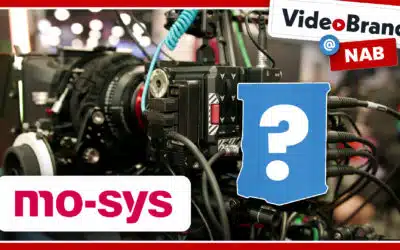Great collection of posts by D.P. David Mullen, ASC on shooting Jennifer’s Body.
Getting the call: http://www.cinematography.com/index.php?showtopic=28929
During Prep and Production: http://www.cinematography.com/index.php?showtopic=29595
Nearing Release: http://www.cinematography.com/index.php?showtopic=40041
Lots of good tidbits on films getting greenlit and lighting how-to. Read through all of the Prep and Production board because David posts a recap for each week.
Also check out photog Todd Hido’s work which was used as a reference.
On lighting for suspense:
Obviously more shadows in the frame allows the audience to use its imagination and fill-in the missing information. But darkness can be just as suspenseful as a well-lit image can be…
Suspense is all about providing the audience with enough information that they anticipate something happening (usually something bad, but there can be happy suspense too — “will she marry me?” “will I get the job?”)
But you can provide that information in advance of a dark scene (“the monster is hiding in that dark warehouse” — hey, it worked great in “I Am Legend”) so that once the character enters the dark space, the audience is expecting something to happen — that’s suspense, but it also allows for surprises to happen.
For example, in “Alien” when Ripley, Ash, and the captain enter the darkened sick bay because the face hugger has disappeared, that’s suspenseful because they don’t know where it went but they know (and the audience knows) that it must be somewhere in the room. When Tom Skerritt knocks over that cannister and creates a loud bang, that’s a surprise. When the face hugger (though dead) drops down from the ceiling and starts dangling behind Ripley’s back, then dropping on her shoulder, that’s suspense with a bit of surprise.
As for handheld versus smooth dolly moves, that’s just an energy thing, what sort of emotional energy are you conveying. Handheld has a more nervous quality, more human — it seems to react to things happening in the space. But all that movement can also make it harder to see things happening, which may or may not be good.
Checking lighting with a DSLR:
I’ve been using my DSLR (Nikon 40X) as a quick double-check on my exposure choices — it is particularly helpful in night situations, but it is only a rough indication of the final effect…
I light with my meter, get a final exposure, then take a digital snapshot — 90% of the time, it just shows me what I expect to see… but sometimes I see the photo and decide to change a few things in the frame. Since I have a lot of dark underexposed night scenes in this movie, the digital snapshot is one method of making sure I’m not underexposing or conversely, overlighting, too much.
I find though that the digital photo is not completely reliable — depending on whether I’m daylight or tungsten balance, or in a bright day room or a dark night room, it seems to come out a little darker or brighter than what my meter says. This is partly due to the lower dynamic range of the digital still photo, so windows and practicals are hotter in the photo, but also, sometimes shadows are plugging up faster in the digital photo.
Great shots from his DSLR with descriptions of the lighting behind them: http://www.cinematography.com/index.php?s=&showtopic=29595&view=findpost&p=225750




